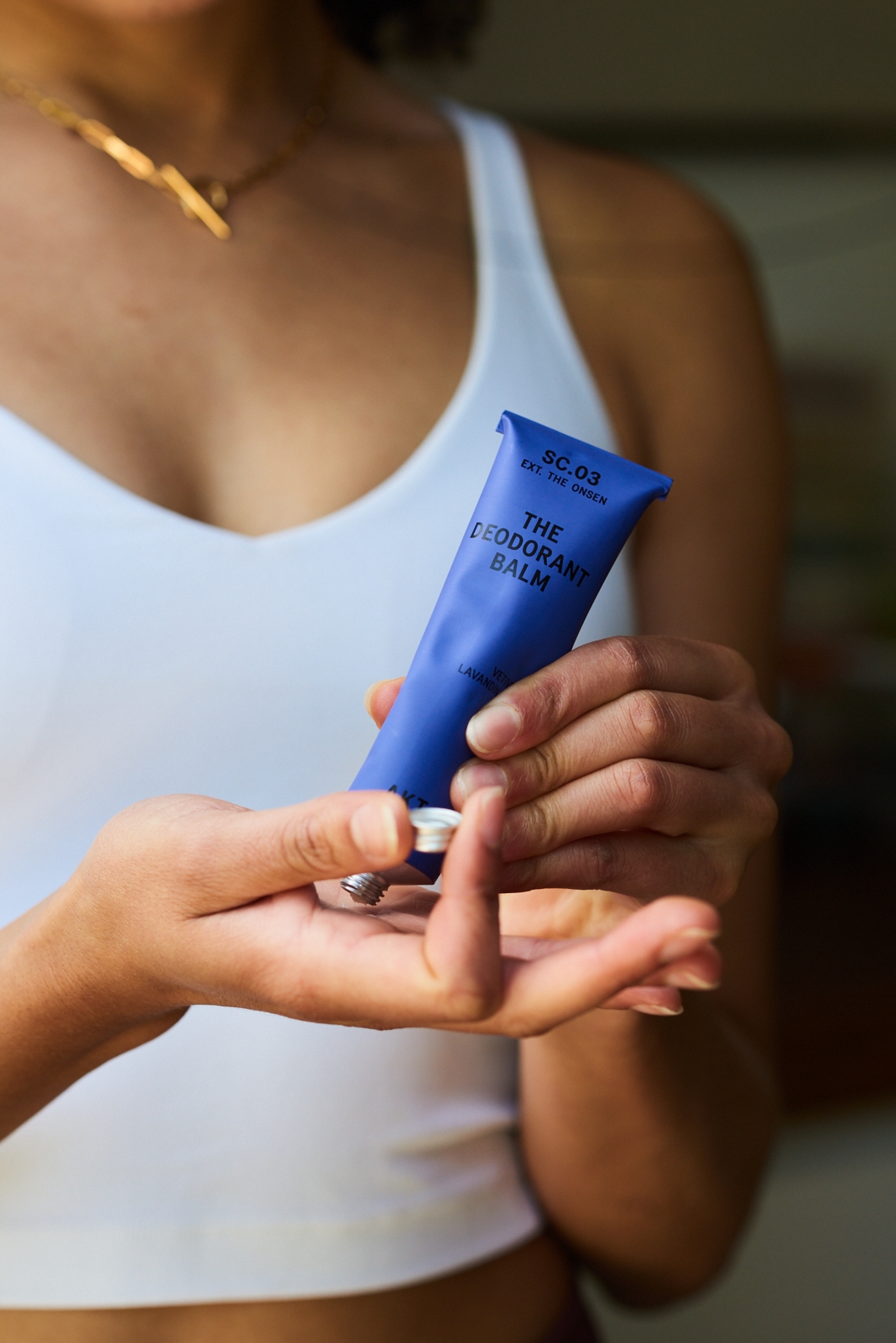29 Apr, 2020
A Beginner's Guide to Indoor Herb Growing
No garden to grow in? No problem! There are many herbs that you can grow successfully indoors on a windowsill. If you haven’t grown anything before the best way to learn is by doing. Here are Hackney Herbal's top tips to get you growing this season.
Lifestyle1. Sunlight
Herbs need direct sun to grow. Their leaves trap sunlight and convert this into energy needed for plant growth. Therefore, spend a little time exploring which window in your home gets the most direct sunlight. To maximise this you can shuffle your herbs around during the day as the sun moves through the sky.
2. Pot size
In general, the bigger the pot, the bigger the plant can grow and the more you will be able to harvest from it. I would recommend using a pot that is at least 10cm deep. You can plant each herb in its own pot or arrange them together in a rectangular window box allowing at least 5cm between each plant. Whatever container you choose to use for your herbs it must have drainage holes! You can then sit your pots on a tray or saucer so they don’t leak everywhere when you water.
3. Compost
An ideal potting mix for indoor herbs is 1-part topsoil or horticultural grit and 3-parts peat-free compost. Or you can buy a premade potting compost mix and use that on its own. The grit gives some structure for the plant roots and enhances the drainage preventing herbs from getting waterlogged.
4. Watering
Indoor plants often require less water than outdoor plants. Water your herbs one or two times a week paying attention to when the compost starts to look dry. If your plant looks like its wilting and flopping over, it probably needs a little drink!
5. Harvesting
When you are harvesting you should be careful not to remove more than one third of the plant at a time. Then allow some time for the plant to grow back before cutting again. For herbs like mint, basil and thyme always cut just above a set of leaves. For herbs like coriander, parsley and chives cut a whole stem from the base of the plant.
6. Plant Choice
The old adage goes “Right plant, right place” and it’s an important thing to follow to avoid disappointment with your herb growing. Herbs that will tolerate being indoors include basil, coriander, parsley, chives, calendula, mint and thyme. Other larger shrubbier herbs like rosemary, sage and lavender will most likely struggle if you try them indoors. It’s always worth experimenting but also to be mindful that shrubby herbs will need a much bigger pot (20-30cm) and might struggle with indoor conditions. All of the above herbs can be grown easily from seed or you can invest in a small plug plant to give you a head start.
7. Continuous harvest
To ensure a good supply of healthy herbs all summer long, it’s a good idea to repeat sow herbs so that when one plant starts flowering (the end of its life cycle) you can replace it with another seedling. When growing herbs indoors in smaller pots you can also give them a helping hand by using a nitrogen-rich liquid feed. Always follow the dilution rates on the product as over-feeding can be detrimental to the plant.
Here are some of my recommendations for where to purchase the aforementioned:
Seeds, peat-free compost and equipment: https://www.organiccatalogue.c...
Potting compost mixes: https://www.fertilefibre.com/
Organic seeds: https://tamarorganics.co.uk/
Herb plants: https://www.herbalhaven.com/
Natalie is the founder of Hackney Herbal - a social enterprise that promotes wellbeing using herbs. They specialise in creative workshops which teach people about the extensive uses of herbs. They are currently running online workshops and making special ‘staying home’ herbal tea blends designed to keep minds and bodies healthy. You can find out more at www.hackneyherbal.com



